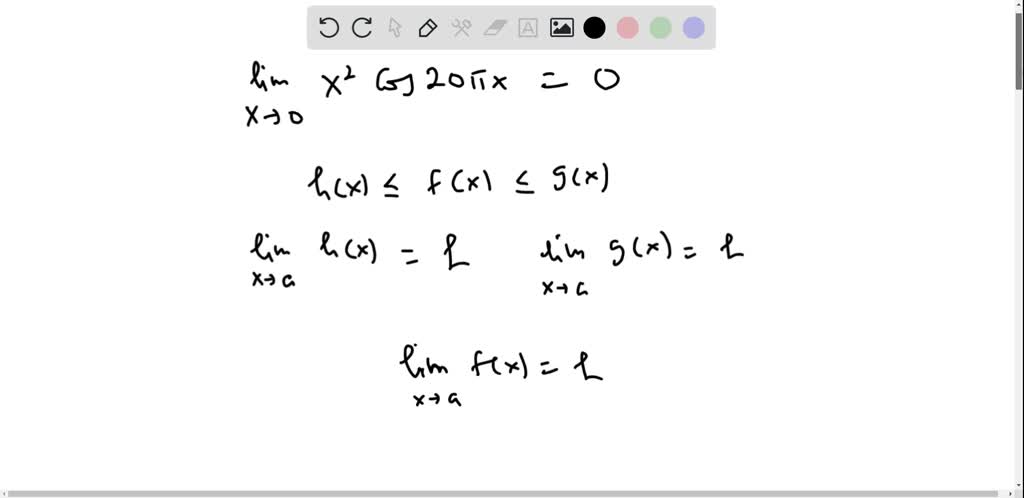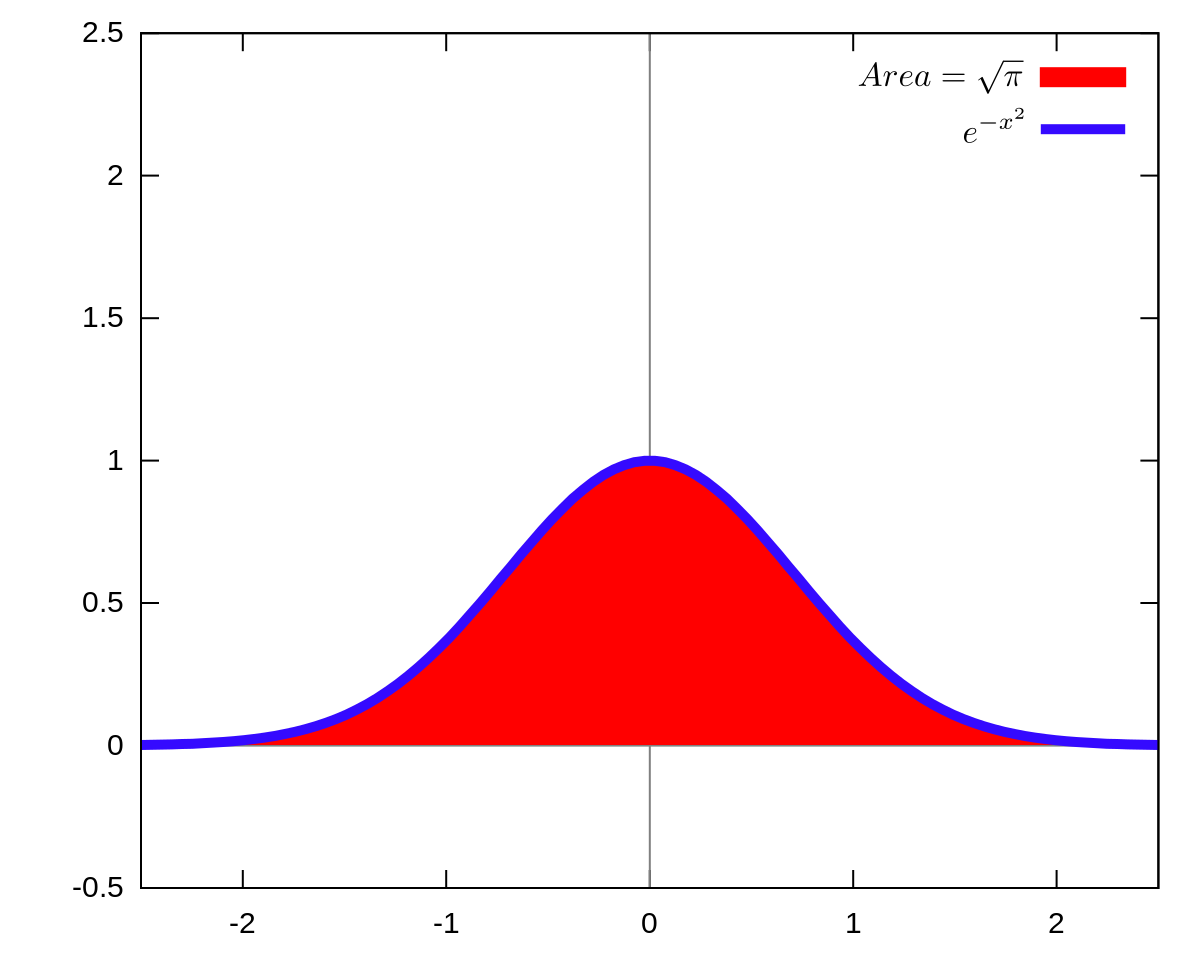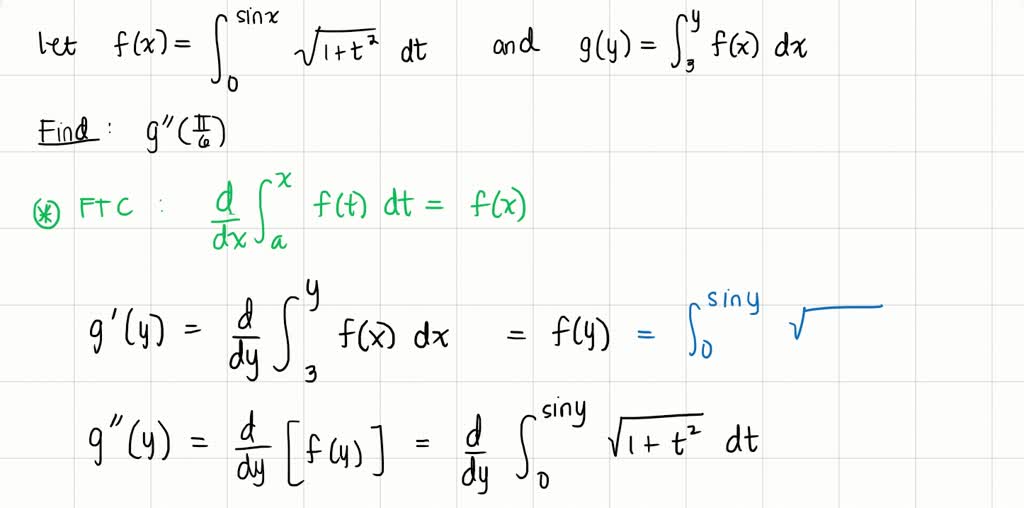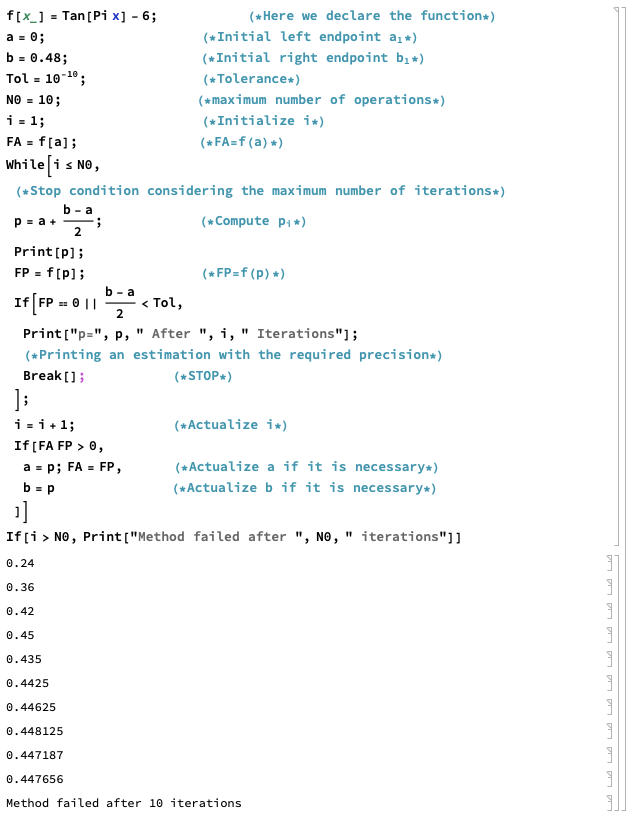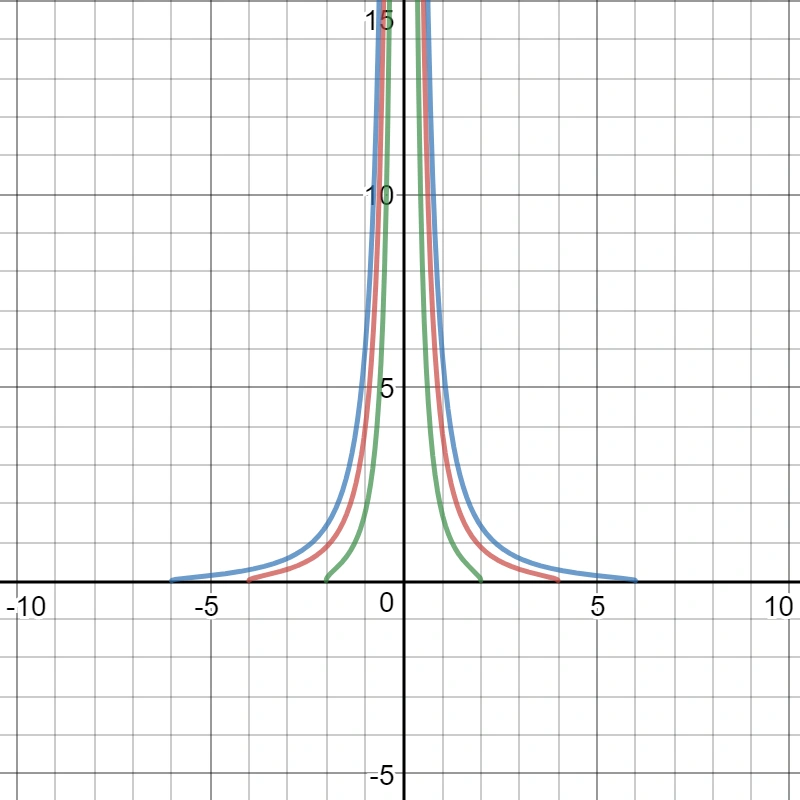What is the answer for ''write the range of the function f(x) =cos [x], where -π/2<x<π/2.''? - Quora

Find the Taylor series for f(x) = sin x centered at a = pi/2 and associated radius of convergence - YouTube

calculus - Fourier series of $f(x) = 1$ on the interval $\pi/2 < |x| < \pi$ - Mathematics Stack Exchange

The shaded region in the figure below is bounded by the graph of \ displaystyle{ y = \sqrt{\cos \left(\dfrac{ \pi x}{6} \right) } } and the lines x= 7 , x=7 , and
![If f(x) = sin { pi3 [x] - x^2 } for 2< x < 3 and [x] denotes the greatest integer less than or equal to x then f'(√(pi/3)) is equal to If f(x) = sin { pi3 [x] - x^2 } for 2< x < 3 and [x] denotes the greatest integer less than or equal to x then f'(√(pi/3)) is equal to](https://d1hj4to4g9ba46.cloudfront.net/questions/1566921_1737583_ans_82cb6073cb33474c89e0fdad8feb1bf2.png)
If f(x) = sin { pi3 [x] - x^2 } for 2< x < 3 and [x] denotes the greatest integer less than or equal to x then f'(√(pi/3)) is equal to
How to calculate the Fourier series of f(x) = x (π -x) for 0 < x < π and f(x) = 0 for -π < x < 0 - Quora
